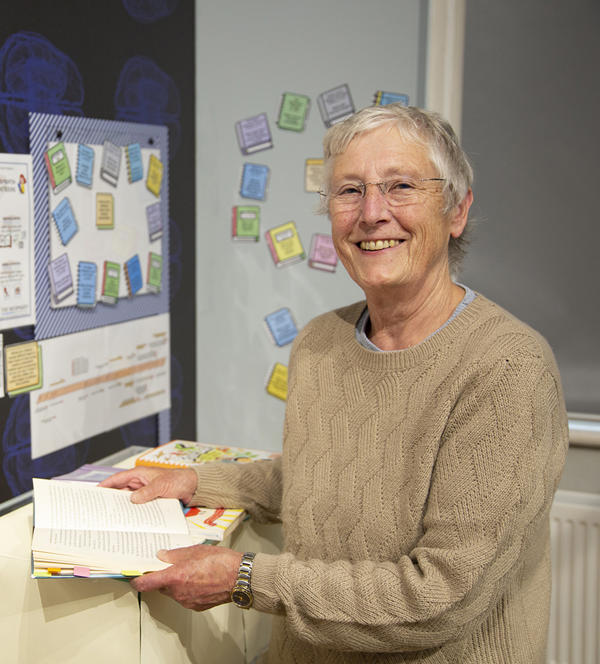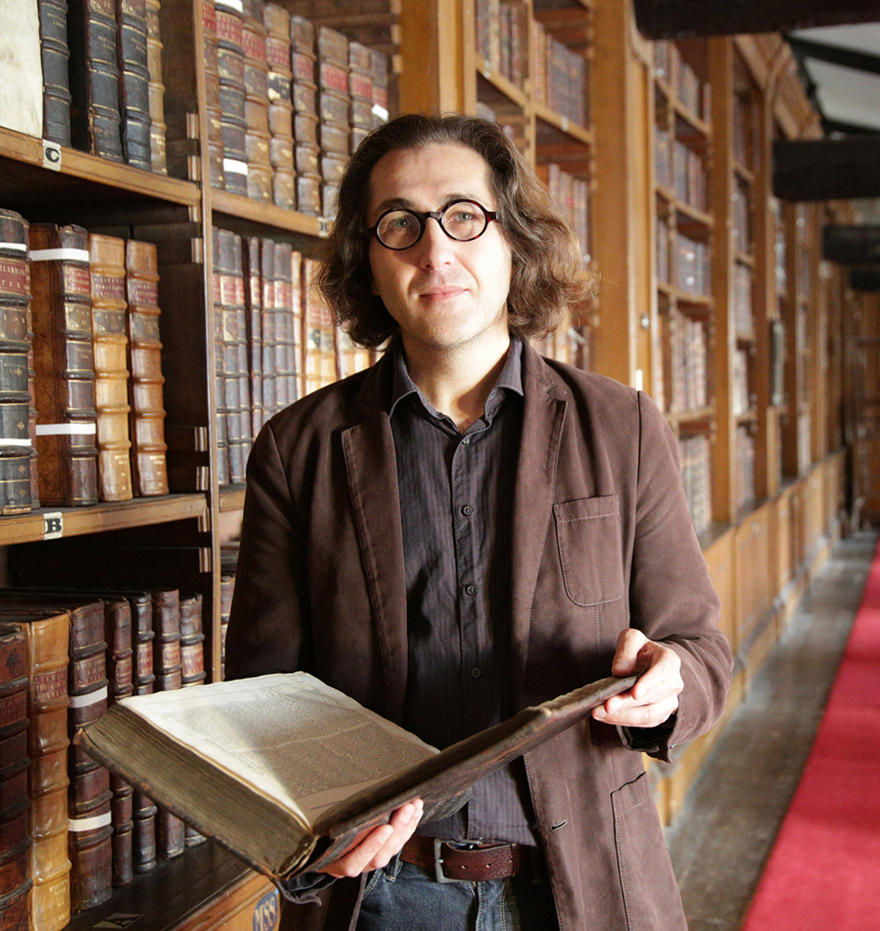From Shakespeare’s Macbeth to Roald Dahl’s The Witches, the figure of the witch has loomed large in our fiction and drama.
 Professor Jean Webb;
below, Professor Darren Oldridge
Professor Jean Webb;
below, Professor Darren Oldridge
Now, academics at the University of Worcester will be examining the history of witchcraft and how it has been used in children’s and young adult fiction.
Professor of International Children's Literature, Jean Webb, and Professor of Early Modern History, Darren Oldridge, are giving a free talk on the topic at The Hive on Wednesday March 27, 7pm-8pm.
The lecture, titled ‘Witchcraft and Children's Books’, will take a look at the use of the witch in children's literature and how this figure has changed over time.
Professor Webb will share the benefit of her years of expertise on children’s books, showing how witches are used in different ways and how their role has been updated in modern literature.
“Witches in stories for children have evolved in diverse ways from the wicked child-eating old woman in the Grimms’ Fairy Tale Hansel and Gretel to the contemporary magical figure who empowers unhappy children and enables teenagers to realise their potential,” she said. “The figure of the witch and the power of witchcraft has also been employed by authors for children to revise attitudes towards disability, which is a long way from when the witch was accused of casting an Evil Eye on her victim.”
Professor Oldridge will talk about concepts of witchcraft in the past, and especially in the time of the witch trials in the 16th and 17th centuries and relate these to the depiction of witches in modern children’s fiction.

He said people have always been fascinated by witches. “Even in the age of witch trials, people told entertaining tales about their frightful activities,” he said. “Perhaps this was a bit like the fictions we enjoy about terrible crimes today.
“Witches in the past were not regarded as healers: they were believed to be practitioners of destructive magic. Sometimes this involved a supposed pact with the Devil. This is one difference between the witches of the past and their modern-day ancestors: today, witches are often portrayed as good, both in fiction and popular culture more broadly - though the bad witch still persists in some children’s stories.”
However, he reflected on how the figure of the witch has changed dramatically since Tudor and Stuart times. “Today witches can be seen as helpful and fun, unlike their historical forebears. Stories about witches have also found a new audience in children’s books. Some things have not changed, however. Witches in children’s fiction are usually female. And sometimes they still have animal companions – like the ‘familiar spirits’ that were once believed to assist them in evil magic.”
Places for the talk must be booked. To find out more or book your place visit The Hive website.